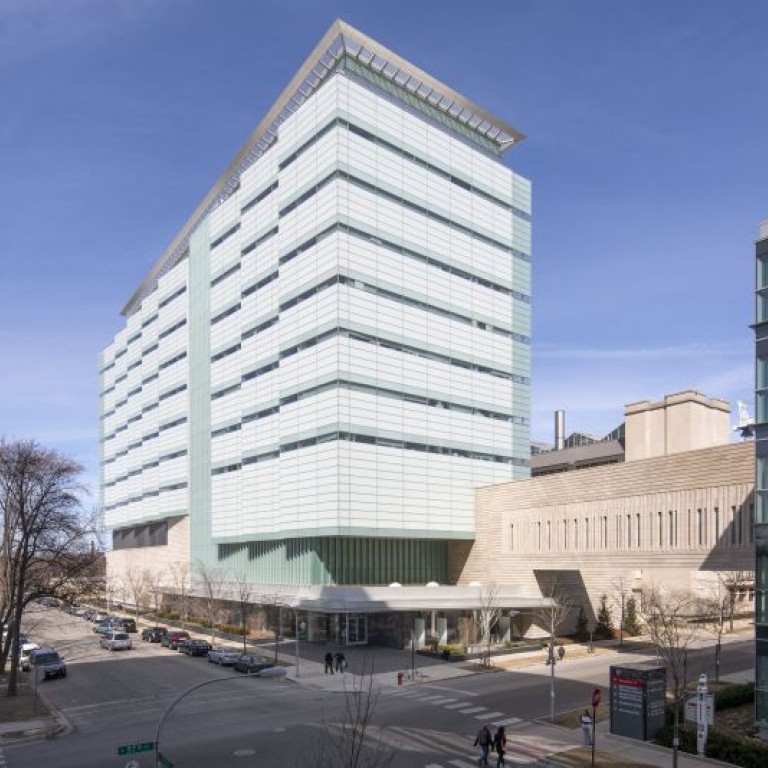Proteins are often called the building blocks of cells, but even those building blocks need to be built. An important step in the process of building proteins is glycosylation, when sugar molecules (glycans) are attached to the maturing protein. These sugars can affect how the protein folds and functions, and mistakes during glycosylation can lead to disease. A new study from Robert Keenan’s group at the University of Chicago, in collaboration with Rajat Rohatgi’s lab at Stanford University, sheds light on how this fundamental process can be regulated.
“It’s a complicated story with many interesting layers, and yet another example where curiosity driven research reveals the underlying mechanism of a very basic cellular process that is linked to human disease,” said Keenan, who is a Professor of Biochemistry and Molecular Biology. The paper was published this week in Nature.
Capturing a protein being made
Keenan has spent most of his career focusing on how proteins are made inside cells, especially the components that work with ribosomes— machines that translate genetic information into proteins—to make proteins at the endoplasmic reticulum (ER) membrane. Of the roughly 20,000 proteins encoded by the human genome, about 7,000 are made on ribosomes docked at the ER membrane. Here, the growing chain can be threaded into and across the ER, where it can begin to fold and undergo modifications like glycosylation, before being transported to its ultimate destination inside or outside the cell.
Last year Rohatgi and a postdoc in the lab, Mengxiao Ma, published a study showing how a protein called GRP94, which helps fold and mature proteins in the ER, avoids becoming “hyperglycosylated.” When GRP94 is hyperglycosylated, meaning too many sugar molecules are attached to it, it gets flagged by the cell for destruction. This can have downstream consequences for other proteins that rely on it, including cell surface signaling receptors involved in tissue development, inflammation and cancer. To avoid this fate, the growing GRP94 chainteams up with another protein called CCDC134 to block the oligosaccharyltransferase complex (OST), the cellular machine that facilitates glycosylation, from doing its job. Mutations that disrupt CCDC134 lead to GRP94 hyperglycosylation, causing a bone disorder calledosteogenesis imperfecta.



